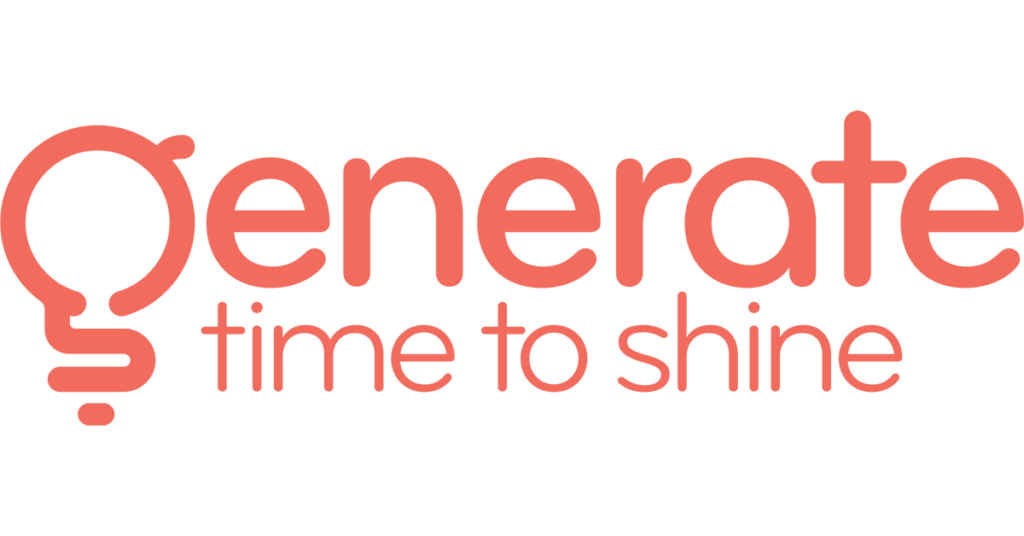In its “Report on Building Rating and Certification in the U.S. Building Community,” the National Institute of Building Sciences noted that “elected officials and policy makers at the federal, state and local levels only rarely understand the objectives, development, intended uses, opportunities and limitations of rating/certification programs for buildings and accreditation programs for individuals.” The report further notes that “at an increasing rate, state and local governments and their code/regulatory agencies are adopting building rating/certification systems, intended as voluntary systems, to be their code or regulatory requirements, often without fully understanding their benefits, tradeoffs and costs.”
One prime example of this is when HVAC and water heating equipment trade organizations, contractors and distributors sued the city of Albuquerque to prevent the city from enforcing its green building codes. In granting the preliminary injunction requested by the HVAC industry associations, Chief District Judge Martha Vazaquez of the U.S. District Court for the District of New Mexico wrote, “unfortunately, the drafters of the code were unaware of the longstanding federal statutes governing the energy efficiency of certain HVAC and water heating products and expressly preempting state regulation of these products when the code was drafted and, as a result, the code, as enacted, infringes on an area preempted by federal law.” The injunction blocks enforcement of the first and second volumes of the Albuquerque Energy Conservation Code and High Performance Building Ordinance, which were adopted by the City Council.
While many communities rush to develop green building requirements, legislators need to be sure they understand the legal implications of their actions and get sufficient input from stakeholders. Not only are the added costs of compliance a concern for stakeholders, but the types of fines and enforcement mechanisms that would be imposed are also very significant. Financial incentives, such as reduced building permit fees and tax credits, may be more helpful in encouraging property owners to make energy efficient improvements than fines for non-compliance with a new ordinance. Additionally, incentives can help property owners to finance the cost of improvements and encourage buy-in with community goals.
Legislators also need to remember that stakeholders include tenants and not just property owners. When green building requirements are mandated and expensive, landlords will likely try to shift the costs of any required energy efficient improvements or retrofits to their tenants. Therefore, as landlords and tenants review their leases in light of changing legislation, they will need to consider how the new legislation affects their rights, duties and obligations. Although owners typically bear responsibility for compliance, many times leases contain clauses that obligate tenants to comply with all applicable regulations and codes. If this is not the intention of the parties to a lease, then there needs to be affirmative language to the contrary.
As communities desire to encourage energy efficiency and legislation associated with green building continues to emerge, they need to engage in a complete analysis of the legal implications or their actions can result in costly challenges. Communities can make major contributions to energy conservation provided they don’t rush to legislate, but take the time to understand the existing laws and get input from all interested stakeholders.
Lee Lane is an attorney with the law firm of Hoeppner Wagner & Evans LLP in Valparaiso. Her practice is focused on corporate and real estate law. She can be reached at 219/464-4961 or llane@hwelaw.com.


